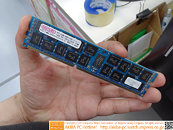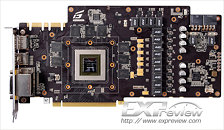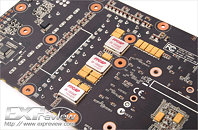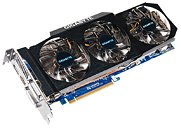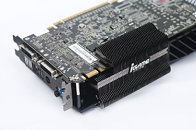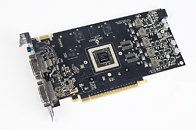Rambus Receives Decision in SK Hynix Case
Rambus Inc., one of the world's premier technology licensing companies, today announced that the judge for the Northern District of California (NDCA) has issued his decision in the matter with SK Hynix. The Honorable Ronald M. Whyte has found that the Rambus patents in this case are valid and infringed by SK Hynix and Rambus is entitled to receive royalty payments for past infringement based on reasonable and non-discriminatory (RAND) rates.
"This is a positive result as it is consistent with what we've been seeking all along - reasonable compensation for the use of our patented inventions," said Thomas Lavelle, senior vice president and general counsel at Rambus. "We appreciate the Court's extensive efforts in working through years of complex arguments. While this decision does not provide SK Hynix with a going-forward license, we are hopeful it will lead to putting this matter behind us completely and allow us to reach reasonable agreements."
"This is a positive result as it is consistent with what we've been seeking all along - reasonable compensation for the use of our patented inventions," said Thomas Lavelle, senior vice president and general counsel at Rambus. "We appreciate the Court's extensive efforts in working through years of complex arguments. While this decision does not provide SK Hynix with a going-forward license, we are hopeful it will lead to putting this matter behind us completely and allow us to reach reasonable agreements."











